We all like to express ourselves with a colored or textured wall. The question that everyone is asking is how to choose colors for the house interior. There are so many hues and shades to choose from. With the help of color psychology, this article shows you how to choose colors for your home while creating a harmonious living space.
What is color psychology?
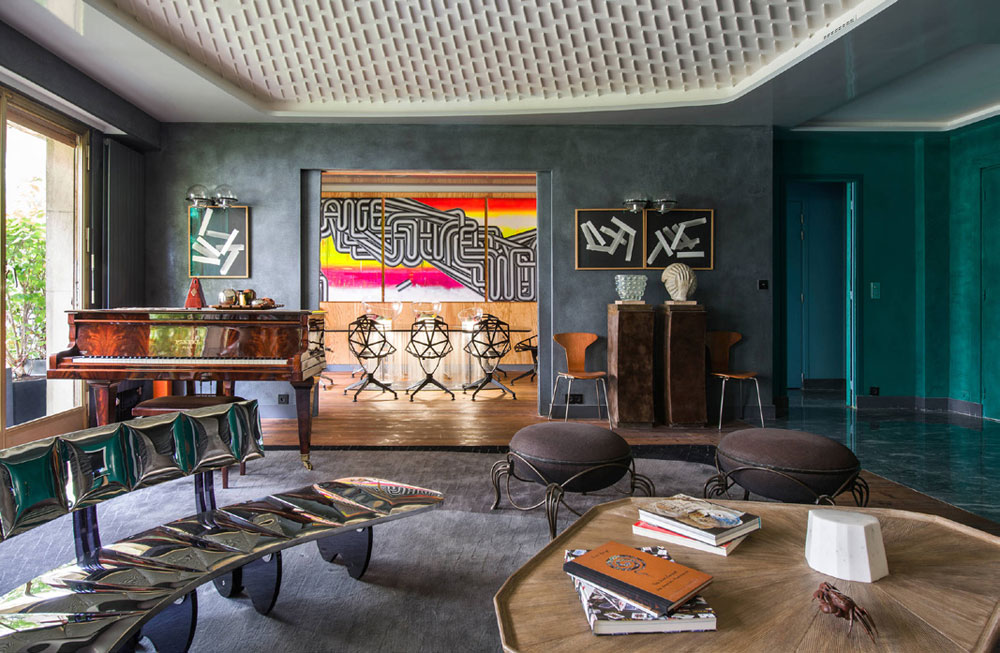
Color psychology is the study of color and how it affects human behavior. While the “buzz” about color is usually called that, the effects of color are subtle and significant; physically and mentally. It’s not a final equation between color and our moods. Although the response we have is not significant, it is important to us in our personal four walls and in the place where we work.
Start small
The bathroom is the perfect place to experiment with color. You can also try a small hall or an accent wall. Living and painting can be an adventure. If you’re painting a small room first, let it dry earlier and see if you like the color. I’ve tried painting my bathroom this soft, purple color before. It was the one day I liked the fact that I had a small bathroom. It dried a lot darker and rosier than I was looking for but was easy to cover up. It looked like I painted the bathroom with Pepto Bismol.
Choice of colors for your room
Colors for the dining room
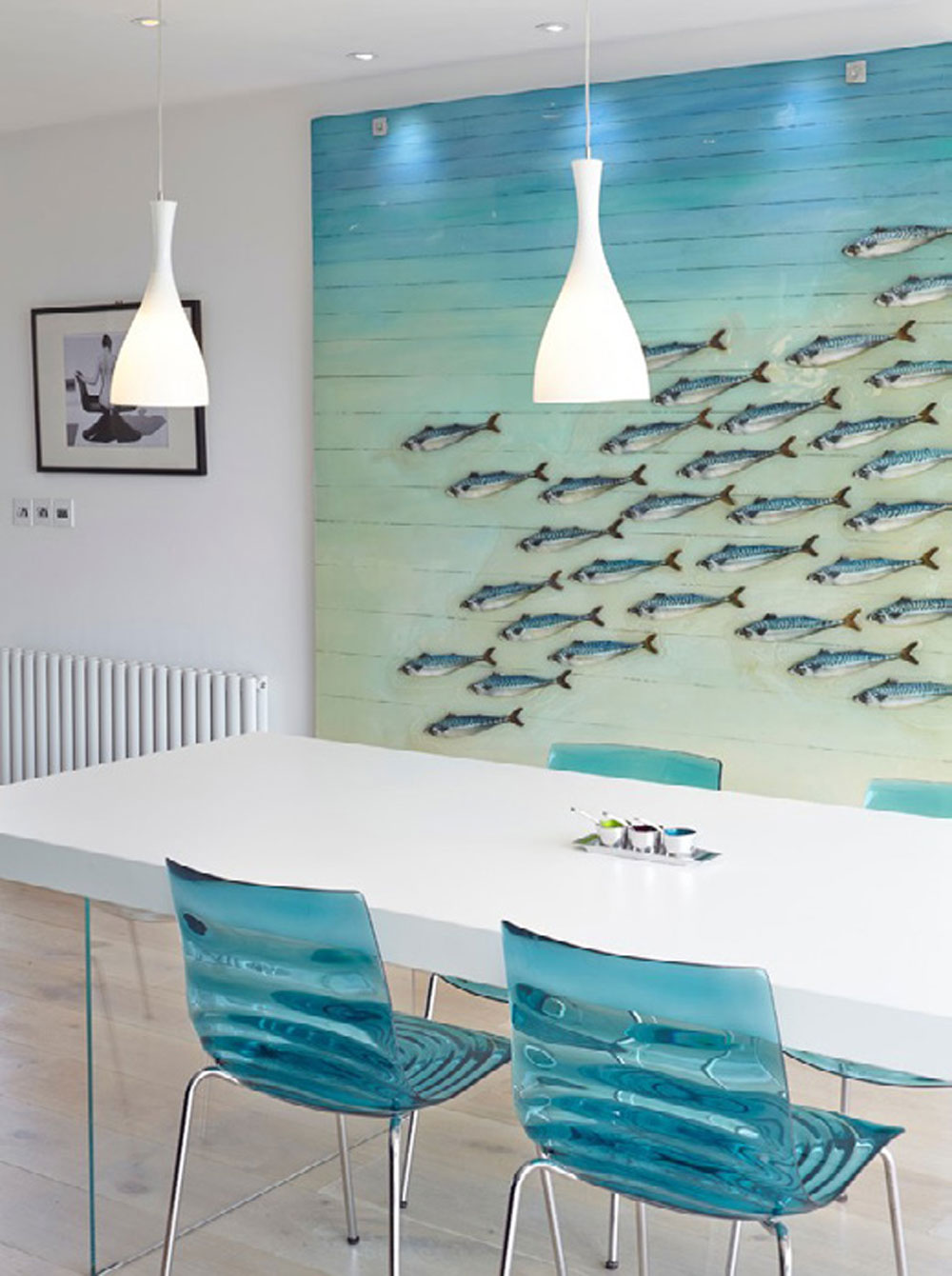
Earthy tones are a great choice here. They are very versatile so you can do a lot with them. The colors red and orange are said to be stimulating and increase your appetite. Also, blue is said to suppress your appetite, which is why it’s considered a poor color choice in the dining room.
My mother isn’t a decorator. It’s just not their forte. I was on hiatus when she moved last year so I went to help her unpack and decorate. Although I came up with lots of ideas, it was she who had to live there. I decorated and painted as she wanted. Although her dining room had a lovely brown color on the walls, she decided to decorate the room with a lighthouse theme. Try as I could, she wasn’t put off by her decor. I managed to sneak a red tablecloth into the mix so there was at least one light color in the room.
Needless to say, the room is only used when there is a family reunion.
Colors for the kitchen

Try to use the color of the cabinets as a guide as the cabinets are the most expensive feature in the room. Earthy tones are ideal here: brown, peach and yellow. A brick red would look great as an accent color too.
Green and blue, especially in lighter tones, are considered poor choices for this space. The dark hunter green makes a great accent color.
My mom loves to theme every room for some reason, and the kitchen was full of fruit. It was very welcoming with the variety of colors everywhere. The problem was finding a solid wall paint that would complement them all. My poor mother chose a sage green. Although it highlighted the fruit, it made an already minimal space look a lot smaller.
Colors for the living room
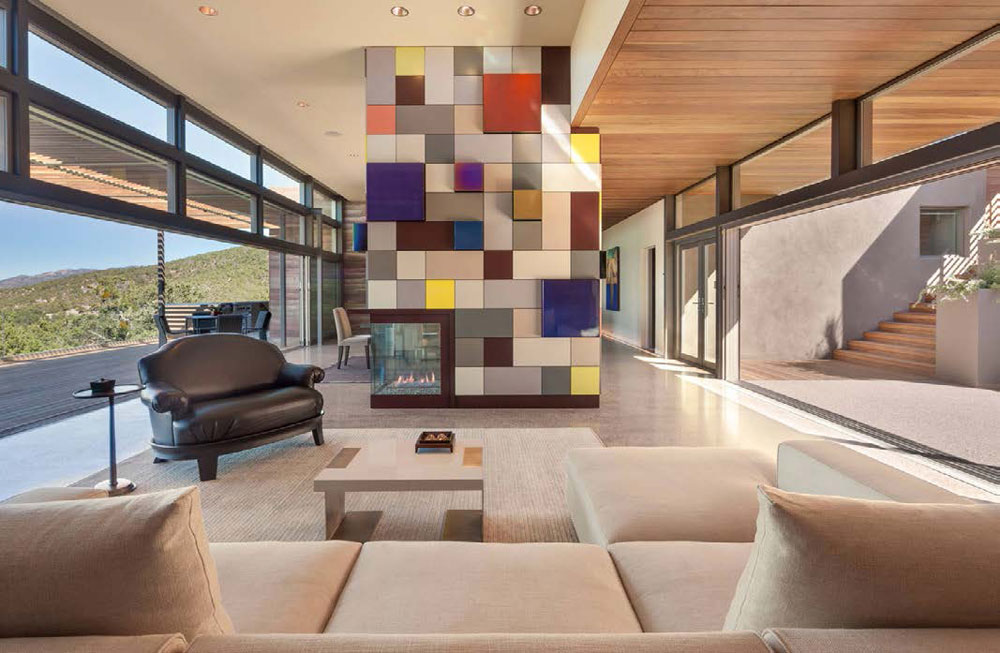
Living room colors are usually chosen taking into account the size and light of the room. Would you like to make the room appear larger than it is? Do you think the room dwarfs everything else so a color that minimizes the space would work?
Light colors make the room appear larger, while warm or dark colors make it appear smaller and cozier.
This is where my mom got it right in my opinion. She decorated her living room with angels. They are everywhere. So much so that I bought a curio cabinet that would fit perfectly in a corner so she could display more of it. She decided to paint this room a cappuccino color, the decoration being more mocha. She wanted to make sure the cabinet of curiosities was seen, but she wasn’t a thorn in the side.
Colors for the bedroom
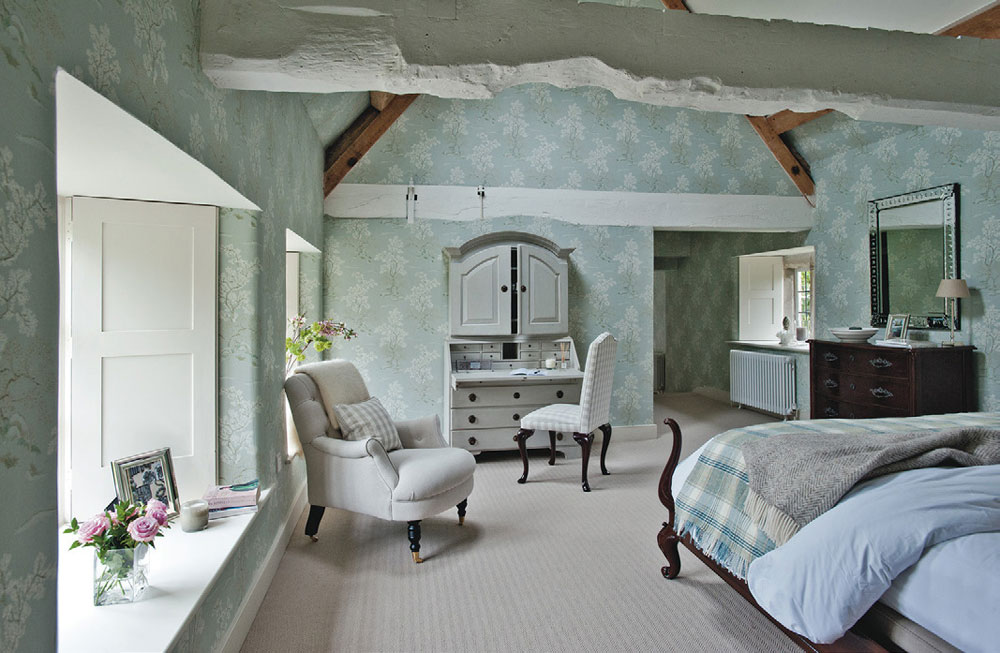
This is mostly where you will sleep and relax. You want to pick a color that allows you to do just that. Red, bright yellow, and other intense hues will keep you stimulated and can affect your sleep. Blues, greens, and light earth tones are often the best approach in this room. However, a romantic look can be created with colors like burgundy, peach, coral or pink.
My mother is a very sentimental person. The bedroom was very easy to decorate and paint. She wanted a beige wall that would match the body of this stuffed bunny I made in the housekeeping years ago. This was the focus of the room. She even got contrasting sheets and comforters to highlight her little dress.
Colors for the bathroom
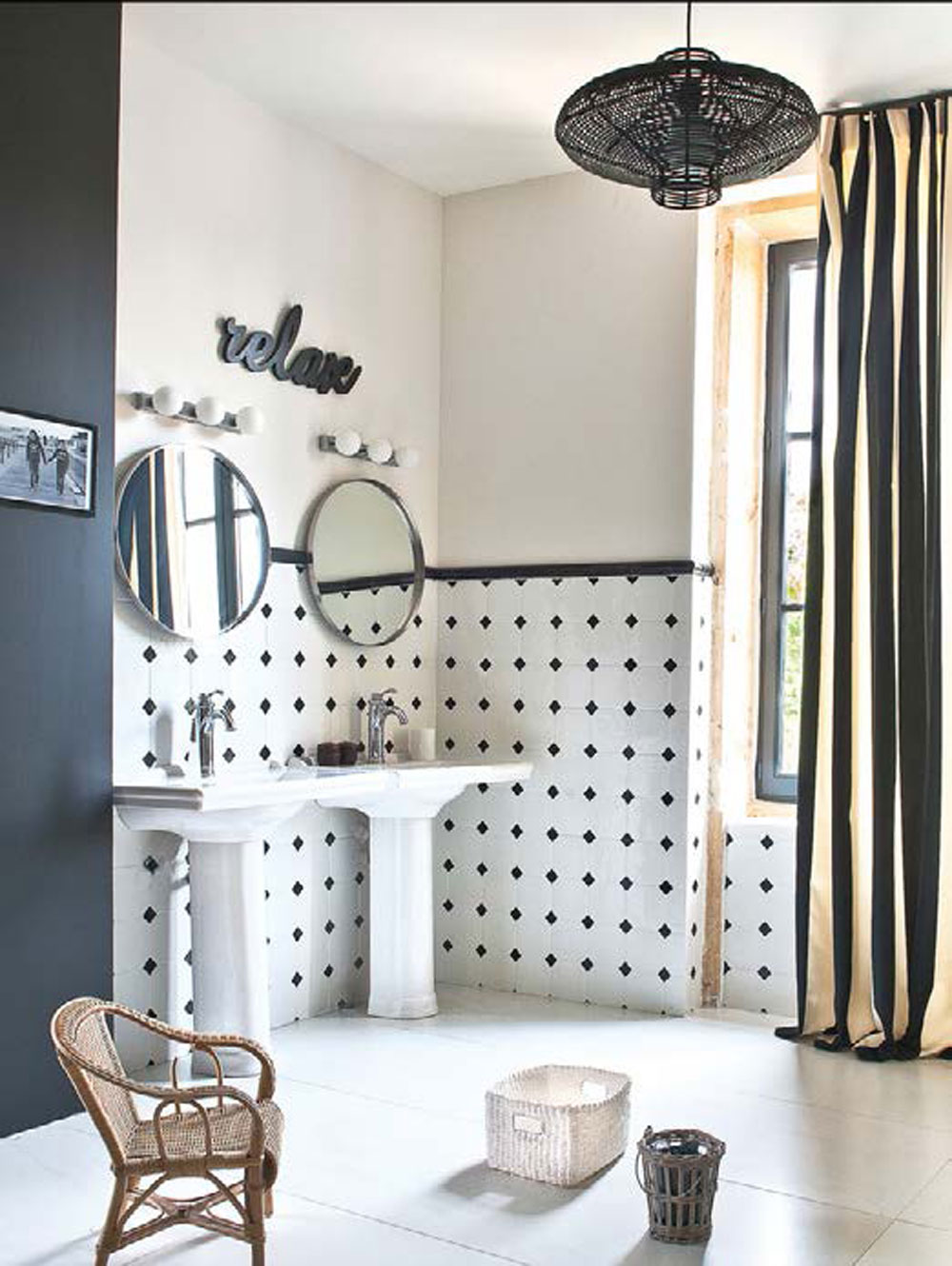
You want to have a relaxing spa feeling in this room. To achieve this, light colors and natural shades like light blue, meerschaum green, and light earth tones work perfectly.
My mother has these shells that we collected on the beach as children. She always wanted to integrate this into the bathroom. I found two shades of blue to help her with this project. I have a slightly darker one for the sake of order. She is very happy with the result. She really likes the old fishing net I found on her wall. She put some of the larger shells on display there.
Pay attention to the lighting!
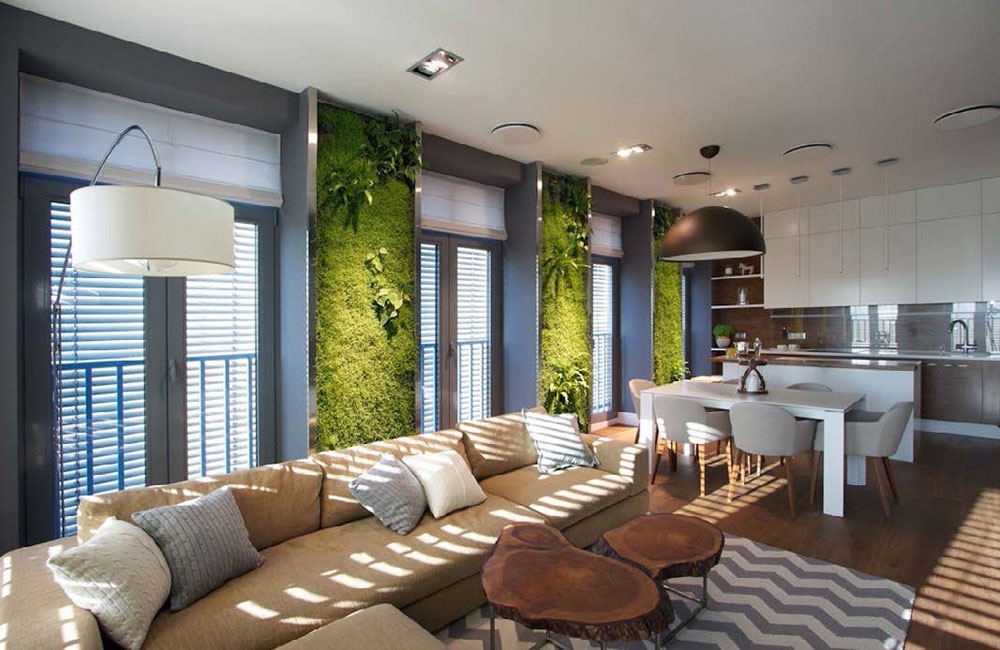
That one factor could either help you or discourage you. There are light boxes in the paint shop so you can see what your paint will look like in that particular light.
• Natural daylight shows the truest color.
• Incandescent lamps produce warm tones and yellow tones
• Fluorescent lighting creates a sharp shade of blue
You might want to think about the different lighting in each room and then use the tips included to help you make a decision.
Test your color choices
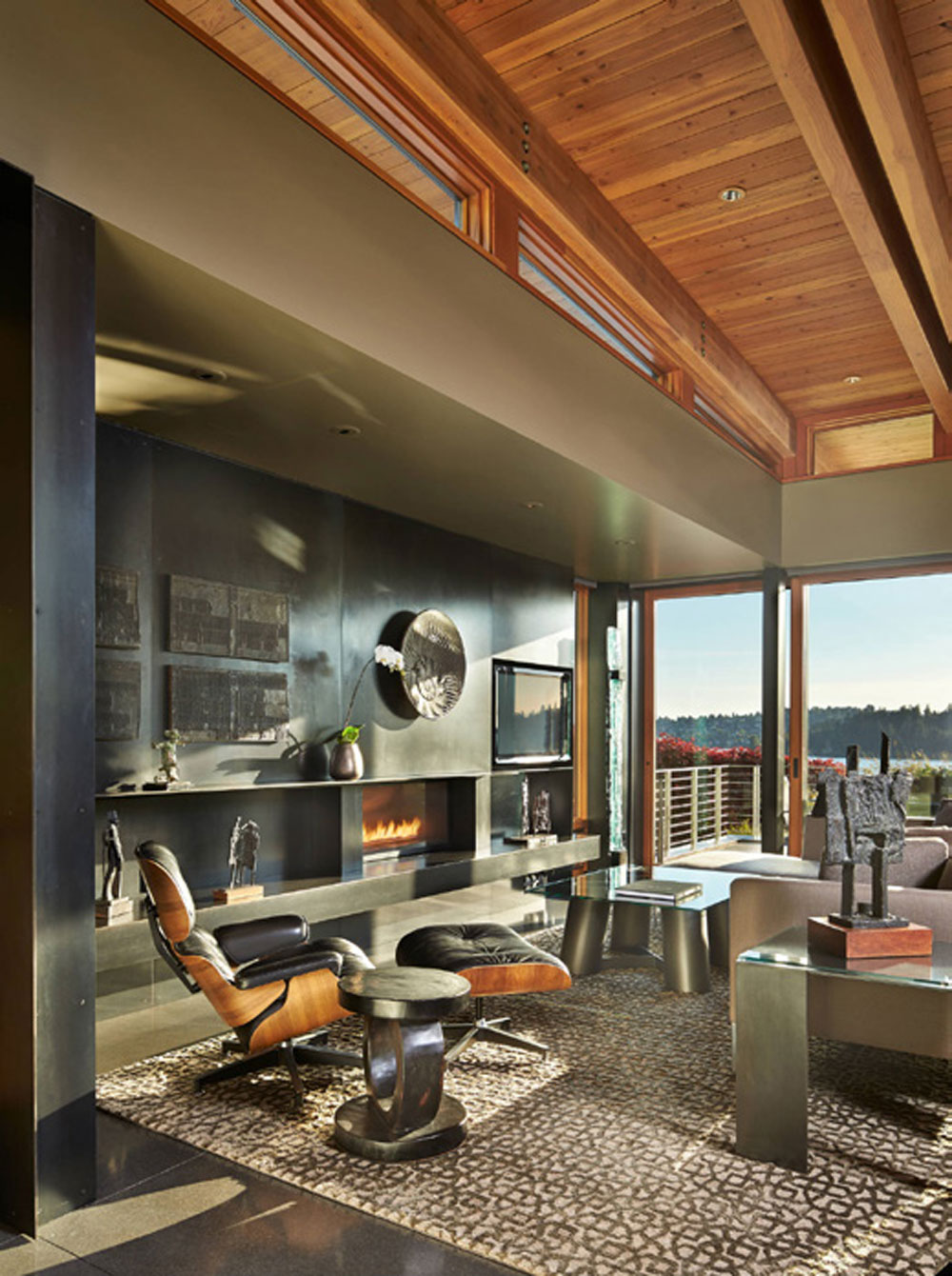
Test your colors on posters or on a large wall surface. Don’t be afraid to experiment a little. Maybe a color you like doesn’t go well in your home. Decor and lighting can be a factor.
Add deep and decorative surfaces
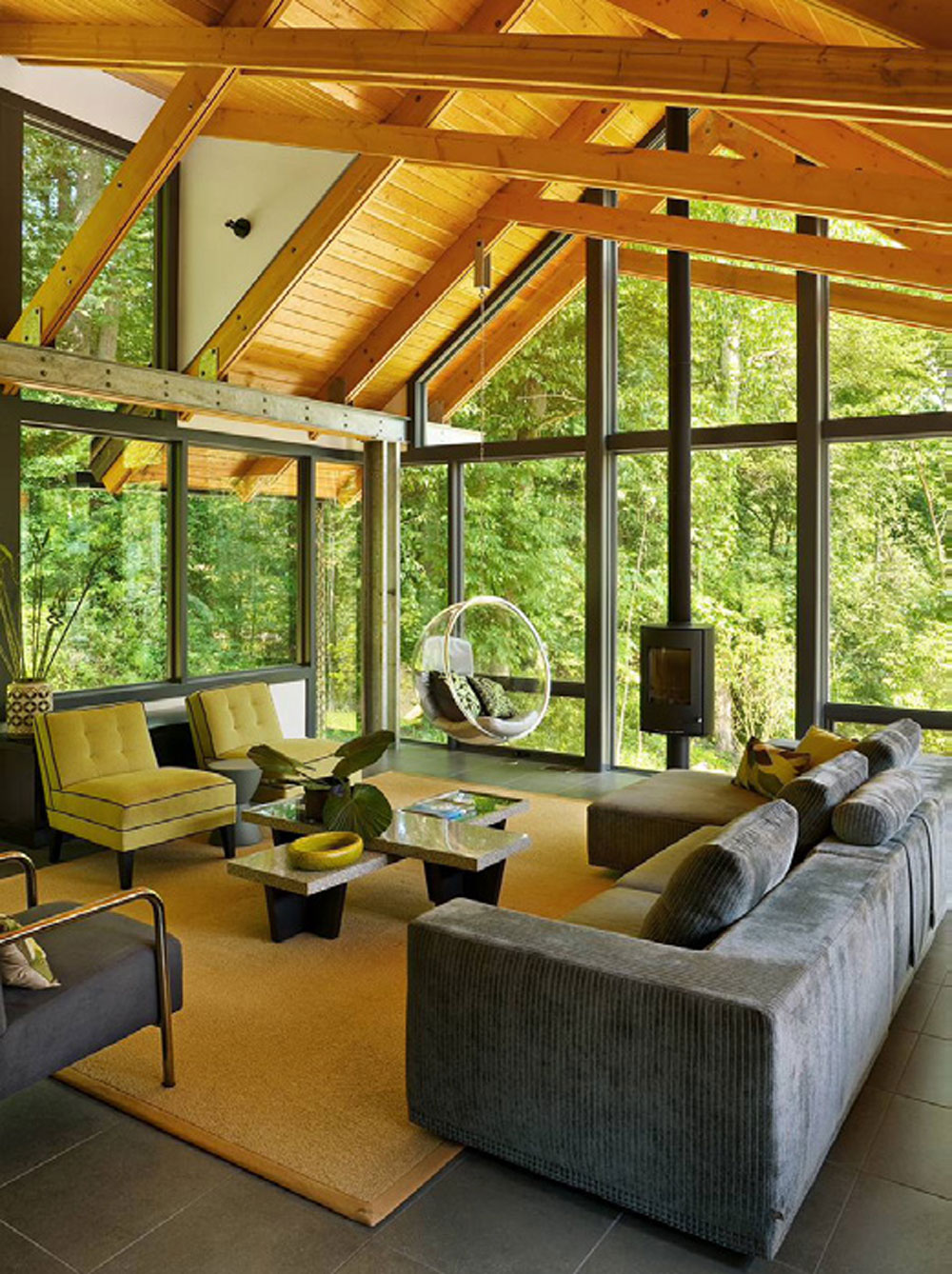
Visual texture and broken colors are fun and exciting ways to transform your living space. You can also use soft reflective metals like mica, copper, tin, bronze, and of course antique silver and gold.
Another cool decorative finish is mirrors. They brighten a room so much! My mother had that old fireplace in the living room that she never used. It was just a terrible mess to see all of this wasted space. I bought her a mirror and put it in the opening of the fireplace. I grabbed a couple of different sizes of silver and gold candle holders. When she lit the candles, it made another focal point and made the room seem a little bigger.
Create focal points
You change the look of a room by adding contrasting colors to the walls and making the wall a darker color.
Once you’ve sculpted a wall halfway up one room, you can make the color half darker than the other, which will add depth to your room. If you have a staircase or something similar in the middle of a room, it will be more noticeable if you paint a darker color than the rest of the room.
Keep it balanced
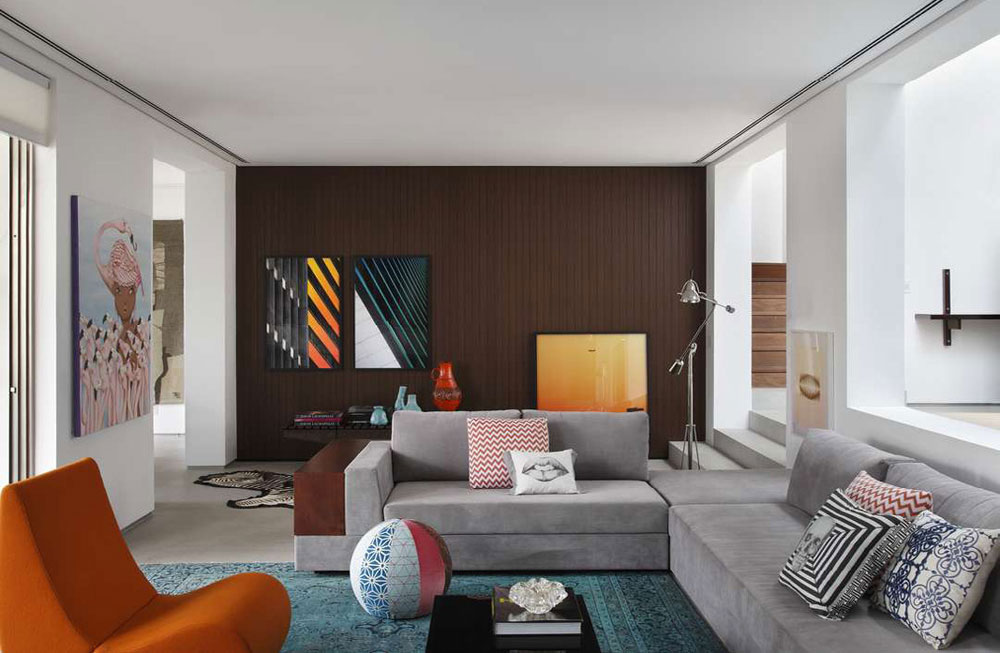
Keep a rule of thumb in mind when painting. The 60/30/10 rule helps you keep balance in your room. The 60% is your dominant color, 30% is your secondary color, while 10% is your accent color. This will ensure that your space has a balanced look no matter what colors you choose.
Conclusion
I know that painting can be scary at times. All you have to do is hug your inner adventurer and get messy. If you don’t like something, you can mend it with another coat or two. With a little understanding, you can paint your own home instead of hiring an interior designer. Did you paint your house as a DIY project? Let us know!
 Flower Love
Flower Love
